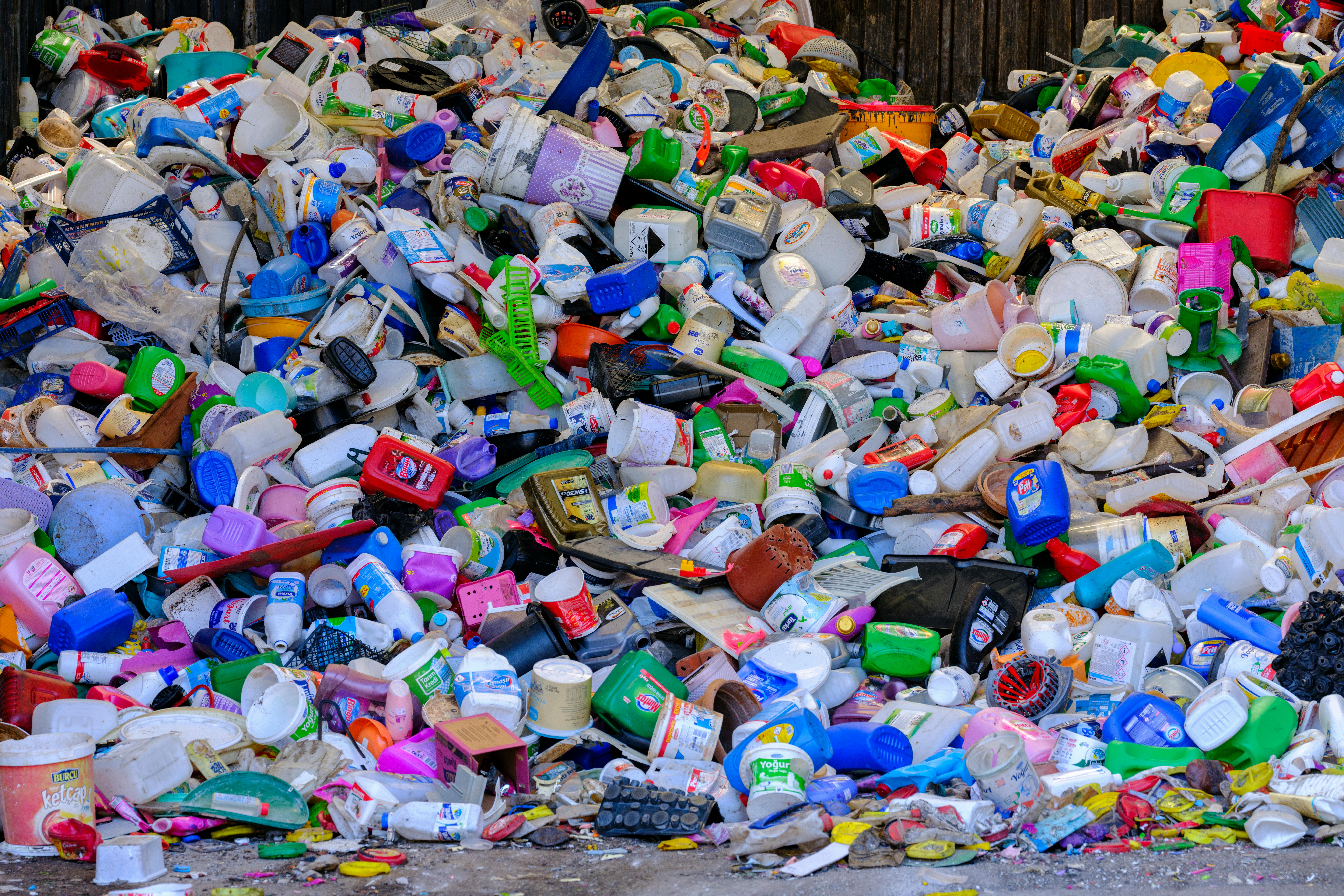Packaging Design Meets Policy: How EPR Regulations Are Driving Innovation
by Lydia White at 08:56 in Packaging, Circular Economy, Environmental
EPR as a catalyst for sustainable design
Extended Producer Responsibility (EPR) is often seen as a compliance mechanism - a framework that requires producers to account for the environmental impact of their packaging. But increasingly, EPR is acting as a powerful driver of packaging innovation, influencing design choices in ways that support both regulatory compliance and broader sustainability goals. From new materials to streamlined formats, EPR policies are pushing businesses to move beyond box-ticking and start reimagining packaging from the ground up.

From compliance to creativity
At its core EPR legislation requires producers to track, report, and pay fees based on the recyclability, material composition, and environmental impact of their packaging. One key mechanism within EPR frameworks is eco-modulation, where fees are adjusted based on how easy packaging is to recycle. In many countries, packaging that is non-recyclable or difficult to process incurs higher fees - while simpler, recyclable formats are rewarded with lower ones.
This creates a dual dynamic: in some cases, regulatory levers like Deposit Return Schemes (DRS) or minimum recycled content thresholds impose clear compliance requirements. In others, producers are responding to financial incentives - not forced, but motivated to redesign in ways that reduce fees and improve environmental outcomes. Rather than simply meeting baseline obligations, many producers are actively leveraging these mechanisms to drive innovation in packaging design. Emerging trends include:
Material simplification: Shifting from multi-material to mono-material packaging (e.g. from aluminium-plastic laminates to mono-PP pouches in pet food) to enhance recyclability and reduce fees.
Lightweighting and design simplification: Minimising use of secondary components, adhesives, and excess material to lower both environmental impact and EPR costs.
Substituting materials: Replacing less recyclable formats with more circular alternatives, such as paper mailing bags for e-commerce or paper wrappers for confectionery.
Designing for collection systems: Adapting to DRS requirements with packaging that is standardised, but also compactable and durable, to both improve system compatibility and consumer return rates.
Improving sortability: Changing colours or opacities (e.g. using clear bottles instead of black plastic) to enhance detectability at materials recovery facilities (MRFs).
Reuse and refill systems: Creating durable, modular packaging designed for multiple uses or refills to extend product life and reduce single-use waste.
Better consumer communication: Using clear on-pack guidance to reduce contamination and improve recycling rates.
Reducing composite materials: Exploring label-free or embossed branding to eliminate problematic adhesives and improve recyclability.
Together, these strategies reflect how EPR frameworks are pushing packaging sustainability higher on the design agenda - encouraging solutions that perform across the entire lifecycle, not just on the shelf.

Smart tech meets smart design
Innovation isn't limited to materials. Technology is also evolving to support better system integration. For example, in DRS schemes, packaging is increasingly being designed to include QR codes or RFID tags that support tracking, data analytics, and consumer engagement - helping producers monitor return rates and identify what designs perform best in real-world use.
Regulatory diversity: A challenge for global brands
Globally, EPR schemes vary widely. From modulated fee structures to recycled content mandates, each region brings its own regulatory flavour. On top of this, frequent updates to fee criteria and recyclability standards make it challenging for global producers to stay compliant without a proactive strategy.
For packaging teams, this means designing for flexibility - ensuring that packaging can meet evolving regulatory requirements across multiple markets while also delivering on cost, performance, and brand impact.
Why this matters for producers
Understanding the connection between EPR and packaging design isn't just about staying compliant - it's about staying competitive. Businesses that anticipate regulatory change and align packaging strategies accordingly will benefit from:
Lower packaging-related compliance costs
Reduced material use and logistics overheads
Stronger alignment with ESG and net-zero commitments
Better performance in DRS and recycling systems
Enhanced brand reputation with sustainability-conscious consumers
More time and agility to adapt packaging to future regulation
Looking ahead: Regulation as an innovation engine
As EPR frameworks continue to expand and mature, the link between policy and packaging design will only grow stronger. What was once seen as a regulatory burden is now a strategic opportunity - a chance to lead on sustainability, build resilience, and create packaging that is fit for the future. Forward-thinking producers are no longer just reacting to policy - they're using it as a springboard for smarter, cleaner, and more circular design.
How we can help
At Lorax EPI, we help producers navigate the complex and evolving world of EPR regulation. Whether you're redesigning packaging, entering a new market, or preparing for upcoming policy changes, we provide the tools and insights to help you stay compliant and competitive.
Sign up to our monthly newsletter to stay informed about global EPR changes, or get in touch with one of our experienced consultants to discuss how your packaging choices could impact your future fee obligations.
 Click here to receive regular updates on blog posts, webinars, and regulatory changes directly to your inbox
Click here to receive regular updates on blog posts, webinars, and regulatory changes directly to your inbox

